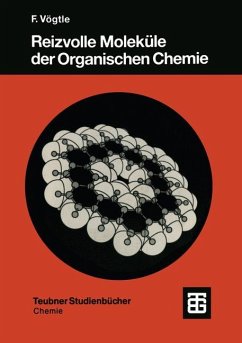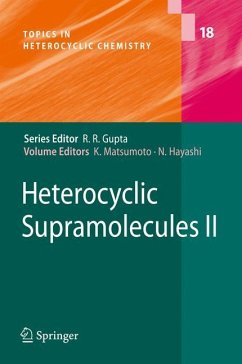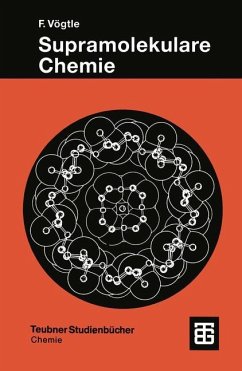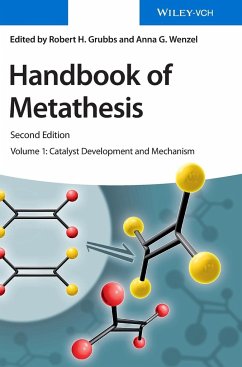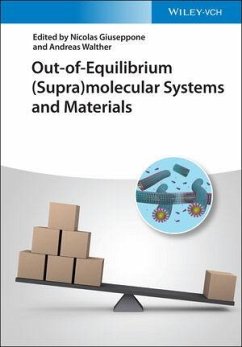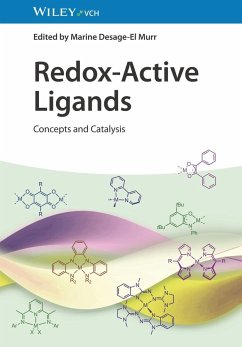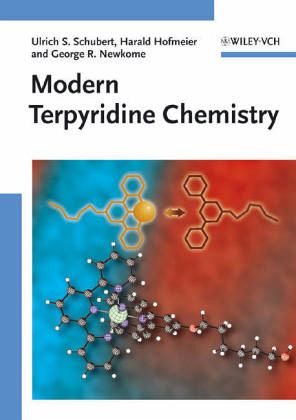
Modern Terpyridine Chemistry

PAYBACK Punkte
45 °P sammeln!
The first didactic explanation of the chemistry, properties and self-assembly of terpyridine complexes and their potential in supramolecular architectures and nanomaterials. For students and lecturers in chemistry and biochemistry, as well as materials scientists and chemists.
The purposeful self-assembly of discrete molecules or atoms to form larger-scale, systematic structures is termed supramolecular chemistry ? a field that earned the 1987 Nobel prize in chemistry for its pioneers Lehn, Pedersen, and Cram. Self-recognition and reproducible self-assembly are one of the great keys to life, with DNA and its information-carrying helix structure being the best example. A very promising approach to the creation of man-made materials with superior properties and perfectly defined structures is the imitation and harnessing of natural and unnatural self-assembly processes.This first book to didactically illustrate terpyridine complexes covers topics ranging from their syntheses, chemistry, and properties via supramolecular structures, and multinuclear metal complexes, right up to functionalized polymers, 3D-architectures, and surfaces. Invaluable for students and lecturers in chemistry and biochemistry, materials scientists, as well as polymer, inorganic, and physicochemists.




![Funktionalisierte Calix[4]arene und ihre Anwendungen Cover Funktionalisierte Calix[4]arene und ihre Anwendungen](https://bilder.buecher.de/produkte/75/75416/75416343n.jpg)
